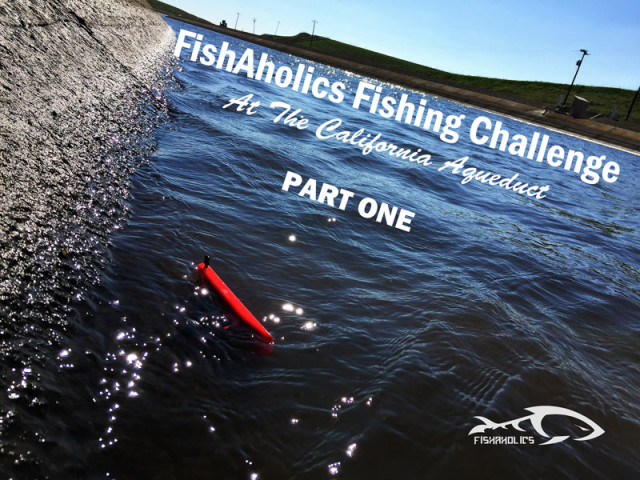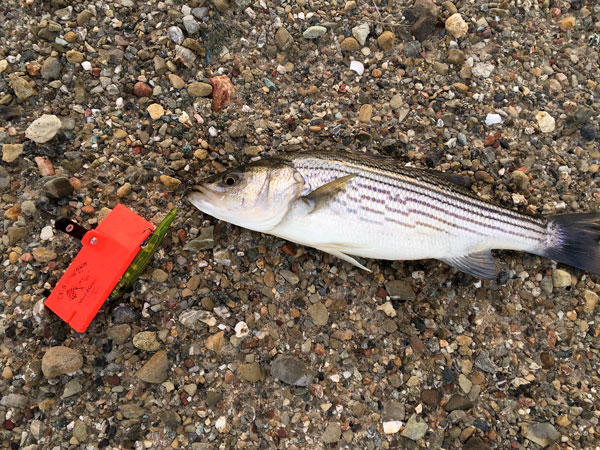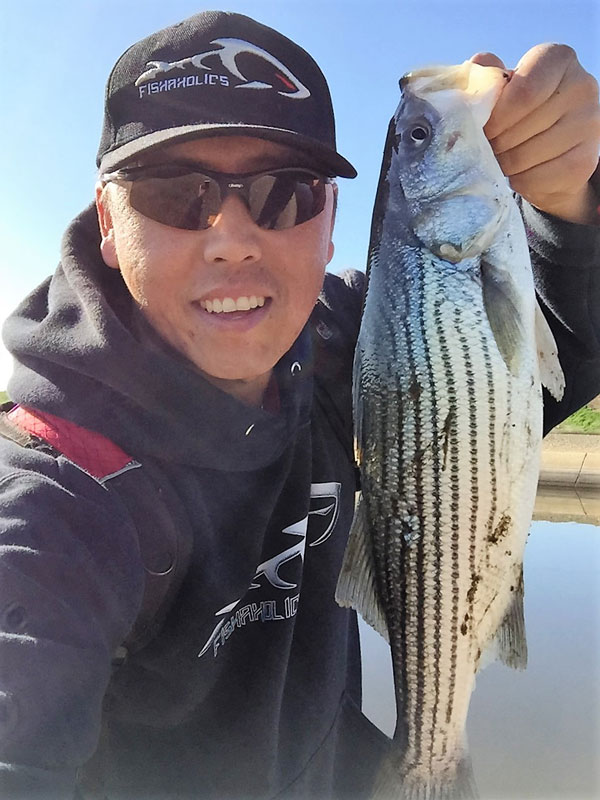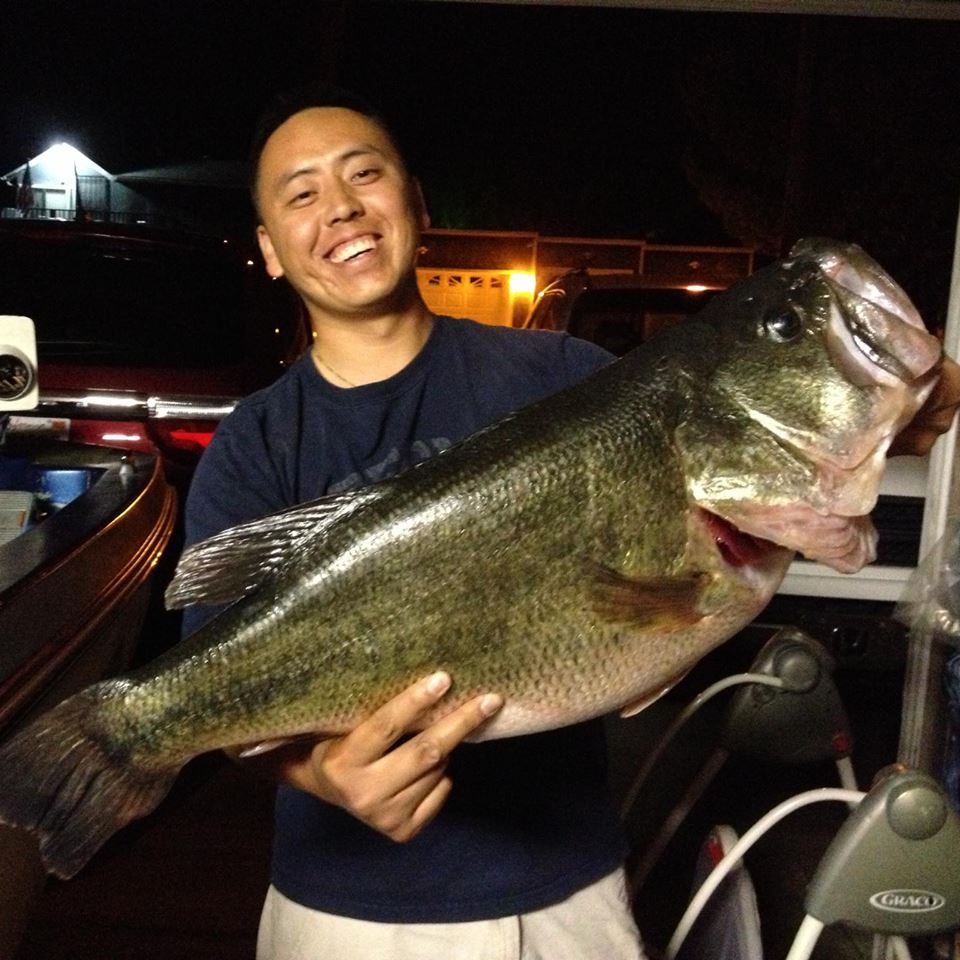
FishAholics Fishing Challenge At The California Aqueduct: Part One
So a few days ago I ran a survey with the FishAholics FAmily. I wanted to know what their biggest problems were related to fishing.
In the past, I’ve been going off my gut feeling about what I can help my members with. Most of the things I put out may have been helpful but I wasn’t sure it fully addressed what their biggest problems were.
After looking at the data, it came down to three problems: Where, When and What.
So, members were having a hard time figuring out where to go. They weren’t sure of when is the best time to go fishing. They also weren’t sure what to use.
To better address these problems, I turned this into a fishing challenge. Where I became a guinea pig.
This will be a three part series addressing these three problems about where to go, when to go and what to use when anglers are fishing the California Aqueduct.
In the first challenge, I asked members to pick a location. I took a 120 mile stretch of water and divided it into 7 segments. Then I let them vote on what location they wanted me to fish. From the small survey, the group wanted me to fish the segment from Stuhr road to Hwy 152. I actually only had time to fish from Stuhr Road to Hwy 140.
So, you already know where I was fishing. Now I’ll show you when I went and what I used to catch these fish.
Prep work
I didn’t have much time to prep since I wasn’t 100% sure where I was going until the day of the trip. I had a general idea from the choices so I played it by ear.
Here’s what I did.
I look at all the recent reports from FA. You can gouge at what’s hot and what areas will produce. Knowing how active the fish are from other anglers will help determine the likely hood that you will hook up the following day.
There are other factors such as water flow and water clarity which can determine a bite as well. Typically, running water means stripers are more active.
Stripers are visual feeders so use brighter lures in murkier water. If a fish can’t see well, it will rely on other senses such as sound and hone in on it’s prey. So, louder lures will work too in murkier water.
I skipped this step but it may help you as well. Keeping up to date with recent fishing report publications such as the Fresno Bee, Western Outdoor News, Fish Sniffer and USA Fishing are great resources for this.
I’ll look at the recent weather pattern. Since it’s still winter, a recent warming trend will put the fish shallower, plus they’ll be more active.
Luckily, that’s the case for this trip. A cold front coming through would put the fish deeper.
I’ll look at what time sunrise and sunset will be.
If I was heading out in the morning, the ideal time to be on the water is right before the sun rises. For the evening bite, typically the most active time is when the sun has just set but there is still daylight left.
Here’s where I like to go to get that data. http://aa.usno.navy.mil/data/docs/RS_OneDay.php
For this challenge, I fished from 6am to 11am. Typically, stripers feed shallower in the morning so I started with jerkbaits.
Time To Fish
Here’s what I looked for when I was out fishing on this trip. It was still dark when I got to my first location. The sun wasn’t up yet and there was no fish activity.
I tried fishing shallow and deep with no takers. As daylight slowly creeped up, I could hear the splashing and see the surface come to life with fish activity. After several failed attempts at casting and retrieving with my SpeedLure, I switched it up by using it with a planar board.
I knew they were feeding shallow so I decide to troll my lure about 5 feet from the water’s edge and just cover as much water as I could. Walking back to the car with my planar board on the water, I finally hooked into one.
It was a schoolie striper. After this fish, I trolled again and had contact with several more fish but no hookups. They just weren’t commiting to the lure but atleast they were interested.
I tried a dfferent location and right after a bend, I caught another one. It hit about 5 feet from the water’s edge as well. These bends create a change in the water current and attract stripers to these locations.
The whole time I was trolling, I was using two rods with a planar board on each rod and a SpeedLure attached. I used one to troll just 5 feet from the water’s edge and the other to test other locations.
If you’re not using a planar board to cover water, here’s what you could try if you were casting lures. If you notice stripers behaving like they were on this day. Throw shallow, closer to the waters edge. The stripers I was chasing after were patrolling the waters edge. If you’ve ever spooked a school of stripers cruising along the waters edge before, these are the type of stripers I’m talking about.
The type of retrieve plays a big role in this case. A steady retrieve with an occasional pause is what I would do. When they’re not really active, they don’t want to chase down the healthiest bait. A slow moving bait would make for an easier target.
The type of action produced by the lure plays a role as well. SpeedLures have the slow wobble to it. Perfect for stripers who are not that active. A Duo Realis 120 on the other hand, is a great lure but it creates a fast and erratic action that these stripers just aren’t looking for on this particular day.
Conclusion
In total, I caught 4 fish from 6am to 11am. It was a slow day but not bad for a winter bite. How they were taking the lure, it showed the striper bite wasn’t in full swing yet. They were trying to injure it before committing to the kill. Not an aggressive pattern at all.
Knowing how the bite is on a fishing trip is key. That first hookup or contact will give you an idea of what’s working.
Here’s the video of what happen that day.
Stay tuned for the second part of the Fishing Challenge. This time members will pick when (what time) I should go. I’ll get to choose where to go and what to use.
If you found this post helpful subscribe to the FA newsletter below and stay up to date. You can comment by signing in with your Facebook account and let me know in the comments what you’re struggling with when you’re out on the water. Until next time, keep those lines tight.
Sign up for the FishAholics Newsletter and see how you can land yourself a trophy bass too. [mc4wp_form]




Good job very informative Meng!
Thank you. Glad you found it helpful
Hey, just went out a couple days ago to Bethany Reservoir/north end of the aqueduct in the late afternoon. I saw some fish breaking the surface of the water, but only got very weak bites. I’m a noob, so my hook setting technique isn’t that great anyway. So that’s my suggestion for part 2… Late afternoon around sunset.
Thanks Ian. That sounds like how they were acting on this day too. I bet if the lure stayed in the strike zone a little longer, you would have hooked up. You were doing something they liked if you were getting short strikes like that. Keep doing what you did. They’ll commit to the bite eventually. I’ll add that time slot to the poll when I post it up on the facebook group. Low light conditions are my preferred times too.
Hi I’m new here and new to aqueduct fishing so I have hundreds of questions. first trolling, I noticed you mostly fish in the morning and troll the east bank is that right? Is that based on the sun position? So in late afternoon would you troll the west bank? What do you do on the long trip back to the car , keep casting along the way back or assume they aren’t there and straight back to the car?
I start on the east bank mainly for filming purposes. It creates a glare when the sun rises. I have noticed that stripers actively feeding in the shadow created on the east bank in the mornings.
I’ll troll both banks regardless of sun position. On my way back to the car, that’s the best time to troll. Makes the walk back a little more interesting. Good luck
Man, thanks for putting in the work for those of us that can’t get down there very often. You make our infrequent trips MUCH more productive.
Glad I could help. It’s my motivation factor.